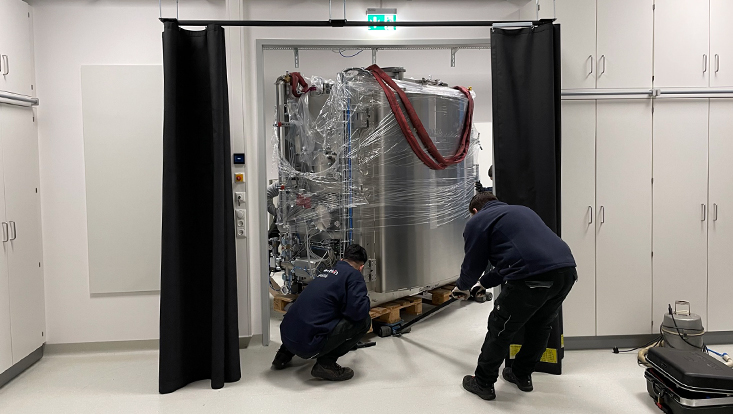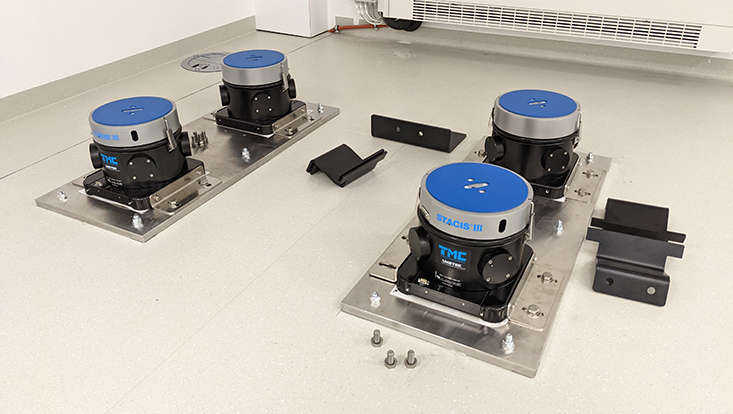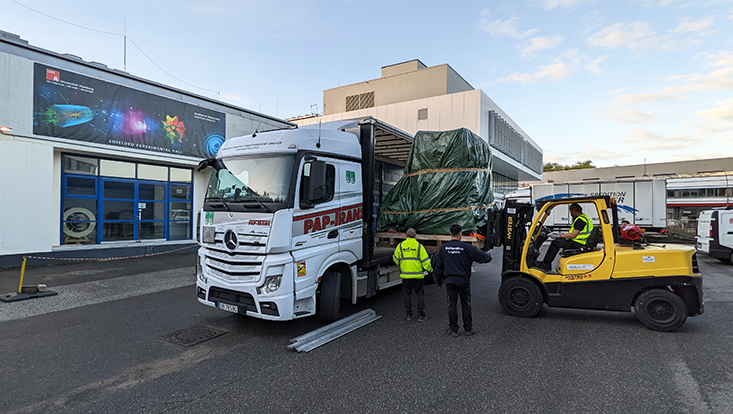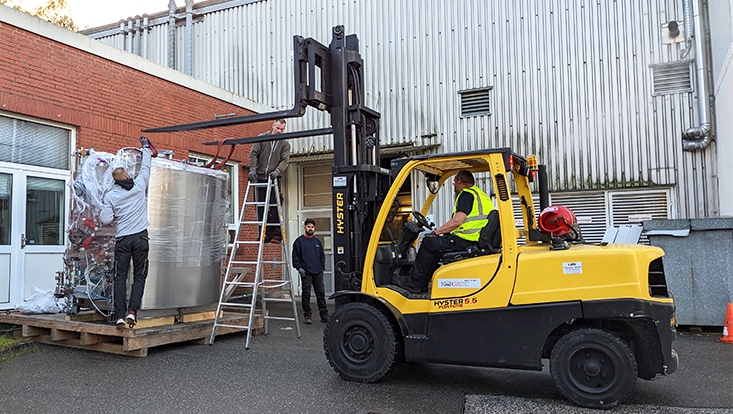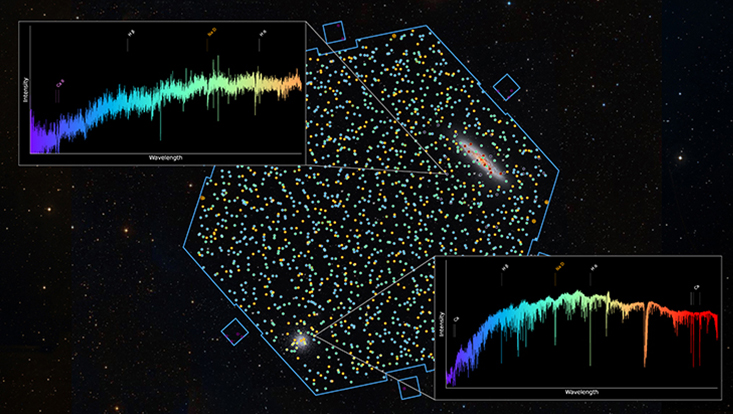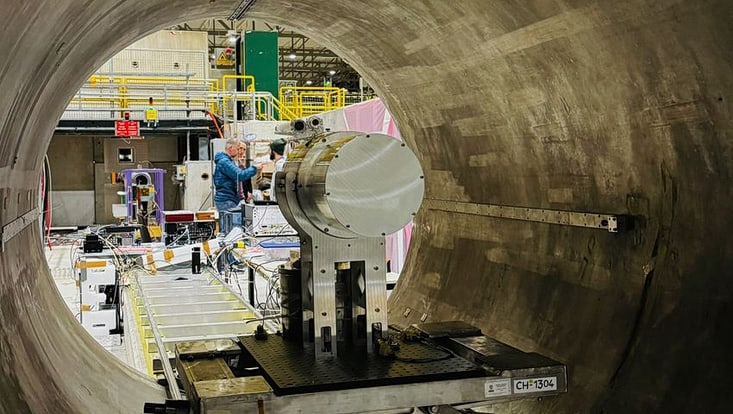Gravitational wave detectionVacuum chamber for technology development delivered
17 October 2022
A few days ago a huge vacuum chamber has been installed in the laboratory of Prof. Dr. Oliver Gerberding, in which components for gravitational wave detectors will be tested in the future. The costs of around 600,00 euros for the large-scale device are being covered by the German Research Foundation and the state of Hamburg.
What looks like an oversized refrigerator and is pushed through the doors of Oliver Gerberding’s laboratory by millimeter precision work is a vacuum chamber weighing five tons. To test components for gravitational wave detectors in a realistic environment, such a chamber is essential. “The vacuum chamber was developed specifically for our lab,” Oliver Gerberding explains. Together with his team, he is developing sensors, isolation and control systems and algorithms for existing and future gravitational wave observatories such as the Einstein telescope or LISA as part of the Quantum Universe Cluster of Excellence.
Whether on the ground or in space, the measurement apparatuses of gravitational wave detectors require a vacuum environment. Ground-based detectors must also be isolated from seismic noise, which is noise transmitted by vibrations of the ground. To minimize this type of noise in the lab as well, the vacuum chamber is installed on four actively seismically isolated feet. “The fact that the vacuum chamber has such a high dead weight is also an advantage. As a result, the chamber itself will not move with it if something is in motion inside,” Gerberding elaborates. The optical platform on which developed components are mounted and tested, as well as the experimental parts themselves, weigh less than half a ton. “In a next step, we’ll set up a cleanroom tent around the vacuum chamber in the lab, because the experiment components are very sensitive.”
